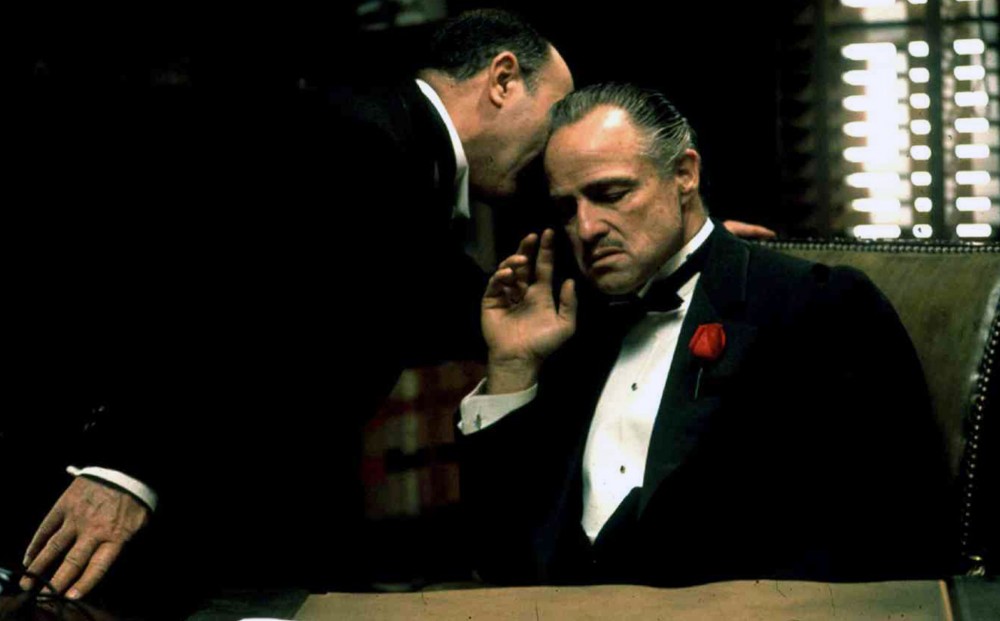BY ROGER KIMBALL
https://pjmedia.com/rogerkimball/the-bulwark-embarrasses-itself-further-with-attack-on-victor-davis-hanson/
March 14, 2019

Being of a charitable disposition, I early on decided that the kindest response to The Bulwark, the NeverTrump redoubt started by Bill Kristol following the implosion of the Weekly Standard, was silence. If this tiny cohort of bitter and unhappy souls was determined to embarrass themselves in public, the best we could do was turn away. Non ragioniam di lor, as Dante says in another context, ma guarda e passa. It would be cruel to let daylight in upon madness.
I said nothing when, for one of their opening acts, editor-in-chief Charles Sykes pronounced anathema upon me and Henry Olsen, the distinguished ethics and public policy scholar, for the sin of supporting the president of the United States on some issue or other. I was planning to continue to follow Wittgenstein’s advice at the end of the Tractatus and pass over in silence the twisted attack on Victor Davis Hanson’s new book on the president, The Case for Trump, by Hudson Institute Fellow Gabriel Schoenfeld, but the ad hominem viciousness of the piece together with its surreal mischaracterization of Hanson’s argument prompts me to weigh in.
“This is not to say that Hanson’s book lacks value,” Schoenfeld writes:
As a part of a larger phenomenon, it is instructive in its way. Anyone with an iota of historical awareness is familiar with the fact that intellectuals in Europe and the United States lauded Joseph Stalin even as he sent millions to the Gulag and their death. By the same token, Adolf Hitler, one of the 20th century’s other mega-mass murderers, also found his share of admirers in the academy …
And they’re off! Victor Davis Hanson, a classicist and military historian, has said admiring things about certain of Donald Trump’s policies -- his judicial appointments, for example, his handling of the economy and attention to modernizing our military -- ergo he is an intellectual in the service of evil. Hanson treats this calumny with some portion of the contempt that it deserves.
“Schoenfeld,” he writes:
… insinuates that I am a racist for not calling out Donald Trump’s alleged bigotry. For a supposed racist enabler, I have an odd way of living -- in the house where I was raised in an impoverished multiracial rural community, part of an extended family that is far from exclusively “white,” and teaching for over 20 years at a state university attended mostly by minority students, many from communities near my home. If advocating melting-pot policies of assimilation, integration, and intermarriage -- and living in minority neighborhoods and putting one’s children in underperforming but diverse public schools -- is also proof of past “service to a genuine evil,” I plead guilty.
That answers the ad hominem part of Schoenfeld’s effusion. What about his estimation of the president’s supposed “evil”? “Trump’s economic agenda.” Hanson points out:
… has done far more for minority job seekers than have the policies of past Republican or Democratic presidents. Unlike many of his opponents in the Democratic party, Trump does not deprecate Catholicism. He has been on the forefront in calling out the new generation of progressive anti-Semites in Congress. No president has been more adamantly opposed to abortion on demand, which has devastated the African-American community, and which a number of black leaders have called black “genocide,” and whose effects in the past have earned either at best liberal assent or at worst outright progressive support for eugenics. In 2020, for all those reasons and others, Trump may well receive a higher percentage of the black, Hispanic, and Jewish vote than, for example, Mitt Romney in 2012.
The point is, these policies have had a palpable and beneficent effect on millions of people, helping to lift them out of poverty, to secure them against the depredations of criminals and dependency-inducing government intervention. They are, in a word, morally positive policies.
It is a favorite trope among critics of the president, including ones more circumspect and temperate than Gabe Schoenfeld, to argue that Donald Trump is a man of bad character and draw all sorts of dire inferences from that contention. I have had occasion to challenge that trope myself -- here for example, and here -- but Hanson gives a fuller account than any I have seen of exactly how it is that Donald Trump’s presidency, for all its rhetorical bluster and occasional crudity, has been a salubrious and morally uplifting enterprise.
The emotive, moralistic side of Schoenfeld’s argument is the thing that most readers will come away with. He thinks Donald Trump is a bad man, and he believes that anyone who does not repudiate him is a patsy, a collaborator in evil, or both. But he also endeavors to support this torrent of temperament with a bill of particulars. This is where his piece becomes truly embarrassing. Discussing and dismissing the importance of the infamous dossier compiled by Christopher Steele and surreptitiously paid for by the DNC and Hillary Clinton’s campaign as oppo-research against their political opponent, Schoenfeld asserts that it is unimportant because there was no effort to broadcast its smears against Trump before the election. “Why,” Schoenfeld asks, “did [the Democrats] not leak the dossier, already in their possession, to the media before the election when it could have done the Trump campaign serious damage?" Unsurprisingly, this is a question that Hanson opts not to entertain.”
Hanson answers this preposterous claim in great detail, but let me merely recapitulate what the unidentified Twitter maven known as Undercover Huber says about this:
THE CLINTON FUNDED STEELE DOSSIER WASN’T USED IN THE MEDIA BEFORE THE ELECTION says @gabeschoenfeld
Except:
—The Weekly Standard
—New Yorker
—Yahoo News
—Mother Jones
—Slate
—NBC
—MSNBC
And by the Clinton campaign:
—Press release “bombshells”
—Tweets read by millions
THREAD
Except:
—The Weekly Standard
—New Yorker
—Yahoo News
—Mother Jones
—Slate
—NBC
—MSNBC
And by the Clinton campaign:
—Press release “bombshells”
—Tweets read by millions
THREAD
There follows a thread which cites chapter and verse, destroying any last shred of credibility that might have been attached to the scarecrow that is Gabe Schoenfeld.
To date, the only response from this fellow of the Hudson Institute is a tweet that links to Victor Davis Hanson’s rebuttal under the rubric “He doth protest too much.” As of this writing, every single response to that feeble rejoinder is along the lines of this pithy but not inaccurate comment: “He destroyed you.”





![C. S. Lewis: A Very Short Introduction (Very Short Introductions) by [Como, James]](https://images-na.ssl-images-amazon.com/images/I/41T9DDrL0AL._SY346_.jpg)